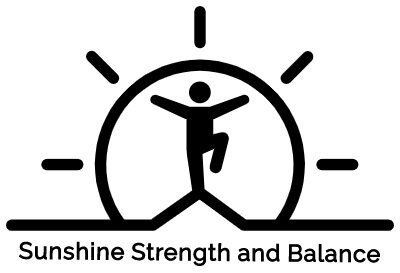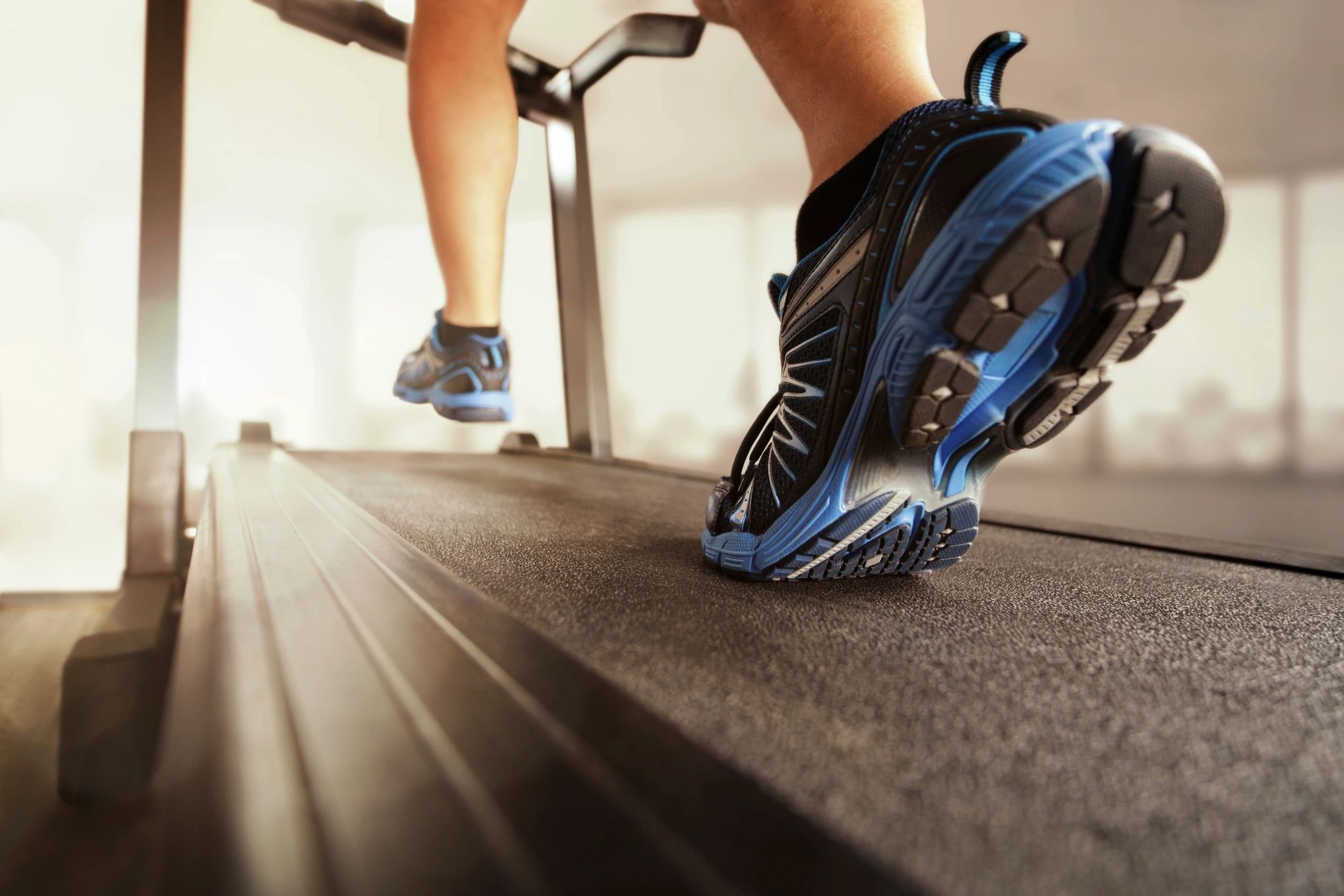Staying mobile as we grow older plays a vital role in keeping our independence and enjoying a higher quality of life. One of the most effective ways to support safe movement in seniors is through gait training. Gait training helps refine the way we walk, boosts stability, and lowers the chance of falling. For those exploring options for senior fitness in Bradenton, FL, gait training can be a powerful step toward greater mobility and confidence.
In this article, we’ll break down the most practical and safe gait training exercises for elderly adults in Bradenton. Whether you or a loved one is recovering from surgery, managing a chronic condition, or simply wants to move with more ease, this guide is for you.
Why Gait Training Matters for Seniors
Gait refers to the pattern or manner of walking. In seniors, this pattern can be disrupted due to a range of causes:
- Arthritis or joint pain
- Stroke or neurological disorders
- Muscle weakness or poor balance
- Hip or knee replacements
- Fear of falling
When gait is affected, everyday tasks such as getting out of bed, walking to the kitchen, or climbing stairs can become difficult or dangerous. Poor gait increases the likelihood of falls, which are a leading cause of injury among older adults.
Limited mobility doesn’t just affect the body—it can also impact confidence, independence, and social connection. Gait training helps prevent these issues by retraining the body and brain to move in a safer, more coordinated way.
Key Benefits of Gait Training Exercises
Engaging in regular gait training can provide a number of benefits for elderly adults:
- Improved balance and coordination
- Increased lower body strength
- Better posture and joint alignment
- Enhanced confidence when walking
- Greater ability to complete daily tasks independently
These exercises can be done safely at home with proper supervision, making them ideal for in-home fitness routines.
Safety First: Preparing for Gait Training
Before starting any gait training program, it’s essential to create a safe and supportive environment:
- Remove any items that could cause trips or falls, such as rugs, cords, or clutter
- Use sturdy chairs, railings, or counters for support when needed
- Wear well-fitting, non-slip shoes
- Have a caregiver or professional present during initial sessions if balance is an issue
If you’re managing a health condition or recent injury, it’s wise to consult a doctor or qualified fitness professional before beginning.
Top Gait Training Exercises for Elderly Adults
Here are some of the most effective gait training exercises tailored for seniors in Bradenton. These can be done in the comfort of home with little to no equipment. Always consult a healthcare provider or certified trainer before beginning any new exercise routine.
Heel-to-Toe Walk
Start the heel-to-toe walk by placing the heel of one foot directly ahead of the toes of your opposite foot, as if you’re balancing on a narrow beam. Aim for 10 slow, controlled steps. It helps improve coordination and balance while also building strength in the ankle and foot muscles that support stability. It’s particularly helpful for training the body and brain to remain steady during narrow or uncertain footing. For safety, perform this movement alongside a wall or countertop so light support is available if needed.
Marching in Place
Marching in place offers a straightforward but powerful way to stay active and engage your muscles. Stand upright and begin lifting one knee toward your chest, then alternate sides in a rhythmic, marching motion. Continue for 30 seconds to one minute. This movement activates the hip flexors and core muscles while helping to develop a steady walking rhythm. It also serves as a great warm-up. Maintain good posture throughout—shoulders relaxed and back straight—for the best results.
Side Stepping
Side stepping improves lateral strength and balance. Stand tall and take 10 small, deliberate steps to your right, then return to your original position by stepping to the left. This side-to-side motion targets the outer thighs and hip muscles, which play a crucial role in stabilizing the body and preventing falls. When starting out, slightly bend your knees and use a nearby wall or countertop to maintain balance.
Backward Walking (with assistance)
Walking in reverse presents a unique challenge to both coordination and balance, engaging different muscle groups. Take 5 to 10 small, slow steps in reverse. Because this movement can be more difficult, it’s essential to have someone nearby to assist or provide light support. Practicing this exercise engages underused muscles, enhances body awareness, and prepares you to handle changes in direction. Always ensure a safe, open space and supportive supervision before beginning.
Tandem Standing Balance
This static balance drill requires you to stand with one foot directly in front of the other, as though walking on a balance beam. Hold this pose for about 10 seconds, then switch the positioning of your feet. Tandem standing improves your ability to maintain balance while standing still and strengthens stabilizing muscles around the ankles and core. Engaging your abdominal muscles during the hold helps increase your overall stability.
Weight Shifting Side to Side
Shifting your weight from side to side is a great method for enhancing moving balance and control. Start with your feet set about hip-width apart. Gradually shift your weight onto your left foot, pause briefly, return to center, and then shift onto your right foot. Repeat the pattern 10 to 15 times. It boosts your sense of body positioning and leads to more fluid walking. Hold onto a stable surface if extra support is necessary.
Single-Leg Stance (with support)
This balance-building move involves standing while holding onto a sturdy surface, such as a counter or chair. Raise one foot slightly off the floor and maintain the position for 5 to 10 seconds, then switch to the other leg. Practicing this regularly strengthens the ankles, calves, and legs while improving balance. Keep your gaze fixed straight ahead and tighten your core muscles for better control.
Sit-to-Stand Repeats
For this functional strength exercise, sit upright in a firm chair. Fold your arms across your chest or use the armrests for support. Rise slowly from the chair, then lower yourself back down gently. Aim to complete 10 repetitions. This exercise develops strength in the legs and glutes—key muscles for daily activities like standing, walking, and climbing stairs. Beginners may benefit from using a chair with arms for added safety.
Step-Up and Down (low step)
Using a low, stable step or the bottom stair of a staircase, step up with one foot and then bring the other foot to meet it. Reverse the motion to step back down. Repeat this movement 10 times per leg. Step-ups build strength in the legs, improve joint flexibility, and provide a mild cardiovascular boost. They’re also useful for simulating everyday challenges like navigating curbs or stairs. For safety, perform this near a handrail or wall.
Walking with a Resistance Band (supervised)
For this exercise, wrap a resistance band around your upper legs, positioning it just above the knees. Walk slowly and steadily across the room, keeping consistent tension in the band with each step. This exercise targets the hip abductors and glute muscles, both essential for maintaining lateral stability and strength during walking. Because proper form is important, this activity should be performed under supervision or with the guidance of a fitness professional.
How Often Should Seniors Perform Gait Exercises?
Gait training exercises can typically be done 3–5 times per week, depending on the individual’s ability and fitness level.
- Start small: Begin with 2–3 exercises for 10–15 minutes
- Progress gradually: Increase the duration and number of exercises over time
- Stay consistent: Improvements come with regular, sustained practice
Tips for Improving Walking Confidence
For seniors, feeling confident while walking can make a significant difference in maintaining independence:
- Set small walking goals (e.g., around the house, to the mailbox)
- Use mobility aids properly as needed
- Train in a familiar, clutter-free area
- Get support from a loved one or fitness professional
- Celebrate small wins to stay motivated
Local Resources in Bradenton, FL
For seniors in the Bradenton area, access to safe, supportive in-home fitness solutions can make all the difference. Local services specializing in senior fitness and rehabilitation often offer personalized programs tailored to each individual’s needs. Working with a trained professional can ensure safety, maximize results, and provide the motivation needed to stay on track.
Take Control of Your Mobility—We’ll Come to You
Gait training is more than just a set of exercises—it’s a key part of living confidently, independently, and actively as we age. With the right approach and consistency, seniors in Bradenton can improve their balance, coordination, and overall mobility—all from the comfort of home. Whether you’re managing a chronic condition or simply looking to stay strong and steady, gait training offers a smart and effective solution.
If you or a loved one in Bradenton is ready to regain strength, balance, and walking confidence, it may be time to work with an in-home fitness specialist. Support, encouragement, and expert guidance from Sunshine Strength and Balance can make all the difference.
Call now at (941) 260-0494 or fill out our online form to schedule a personalized in-home session or learn more about how to get started.
Frequently Asked Questions
What’s the best type of exercise for someone over 50?
A balanced mix of strength training, cardiovascular activity, and flexibility/balance work is ideal. Think light weights, walking, yoga, and bodyweight exercises.
How often should I work out after 50?
Aim for at least 150 minutes of moderate aerobic activity per week, plus 2 days of strength training. But it’s okay to start smaller and build up.
Is it too late to start exercising if I’ve been inactive?
Absolutely not! Many people start their fitness journey in their 50s, 60s, or beyond—and see amazing results. Start where you are and focus on progress, not perfection.
Can I exercise with arthritis or joint pain?
Yes, low-impact exercises like swimming, walking, and resistance band work can help reduce pain and improve joint function. Talk to your doctor first.
What if I need guidance or have limitations?
There are local professionals who specialize in helping older adults exercise safely at home. Sarasota residents can benefit from customized routines that meet them where they are—both physically and geographically.


